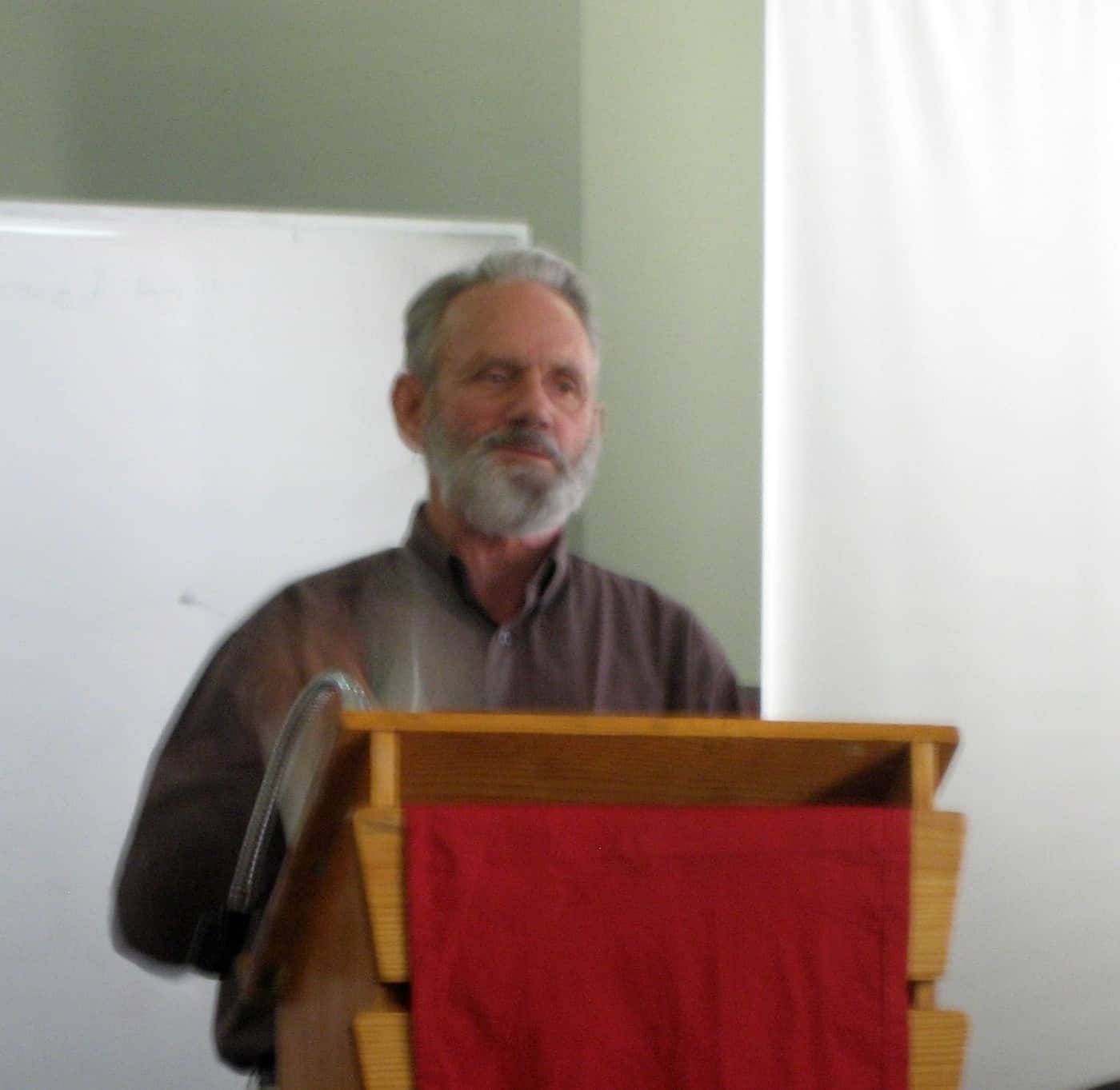Australia has many safety awards programs. SafetyAtWorkBlog has reported on some of the practical solutions from the awards and lamented how the prominence of such solutions fades quickly as the mainstream media ignores them. The blog has also shown examples of a hard copy solutions database that existed in Victoria and Australia for a couple of decades.
 The European Union’s Agency for Safety and Health at Work has recently released, online, a publication in support of its risk assessment campaign that shows how safety solutions can be presented and shared without worrying about commercial-in-confidence or intellectual property.
The European Union’s Agency for Safety and Health at Work has recently released, online, a publication in support of its risk assessment campaign that shows how safety solutions can be presented and shared without worrying about commercial-in-confidence or intellectual property.
Jukka Takala, Director of EU-OSHA, says in his foreword
“This report supports the campaign by providing information on successful interventions in the workplace illustrating how the hazards identified after a risk assessment can be eliminated or controlled. The report is aimed at those who are responsible for carrying out risk assessments in the workplace and for preparing decisions on risk elimination or control measures.”
The report, “Assessment, elimination and substantial reduction of occupational risks“, also provides a list of some very useful elements for preventative safety
“The employer shall implement the measures (necessary for the safety and health protection of workers) on the basis of the following general principles of prevention:
(a) avoiding risks;
(b) evaluating the risks which cannot be avoided;
(c) combating the risks at source;
(d) adapting the work to the individual;
(e) adapting to technical progress;
(f) replacing the dangerous by the non-dangerous or the less dangerous;
(g) developing a coherent overall prevention policy;
(h) giving collective protective measures priority over individual protective measures;
(i) giving appropriate instructions to the workers”
The report is very useful in its clarification of the role and potential benefits of risk assessment. Each solution is described, in detail, as a case study and the report includes guarding issues, manual handling and psychosocial hazards. On the latter category, here is the summary for psychosocial hazards in hospitals
“Stress in hospitals – assessment of psychosocial and physical risks
Hospital work is known to be physically and psychologically demanding. A pilot project was therefore set up in a hospital with 470 employees to assess workplace risks and organisational aspects. The workers were exposed to physical strain, risks from chemical and biological agents and psychosocial strain. They were also stressed by administrative tasks. After the assessment the results were analysed, action plans drawn up and measures implemented. Risk assessment became a standard part of quality and health management systems, including training.”
One of the particularly interesting element in this program was that one of the first sources of information it used was quality management documentation. Quality management is one of the most under-utilised sources of OHS and strategic planning data. As long as quality managers do not perceive quality as a business element above that of safety, environment or any other, as long as they accept that each element is of equal importance in integration of management system, the quality data will be indispensable.
The quality data is followed up by interviews with middle- or line managers, questionnaires and observations.
Of all of the control measures, this organisational change was very clever:
“The administrative tasks, in particular, were perceived by the nurses to be distracting and onerous. They felt that paperwork kept them away from important care work. Consequently, administrative tasks were delegated to the night shifts, where there was more time to devote to them as the amount of care work fell at night.”
This looked at workload in a peak/off-peak context that fits with the natural rhythm of the clients. The paperwork night-shift may be a suitable solution for other workplaces and the night-shift workers may have increased productivity due to the lack of distractions.
EU-OSHA keeps producing reports and publications that call out for a broader readership than Europe and this is a great example.







